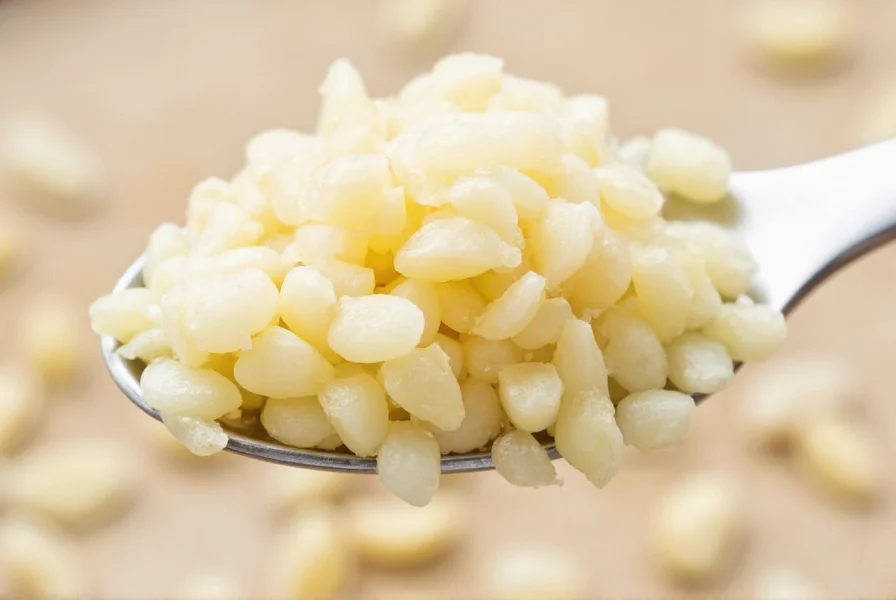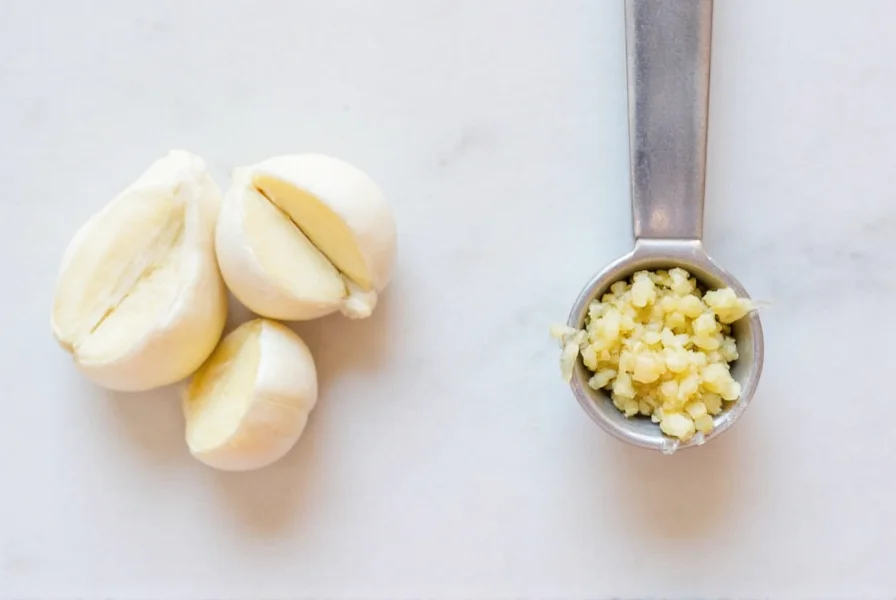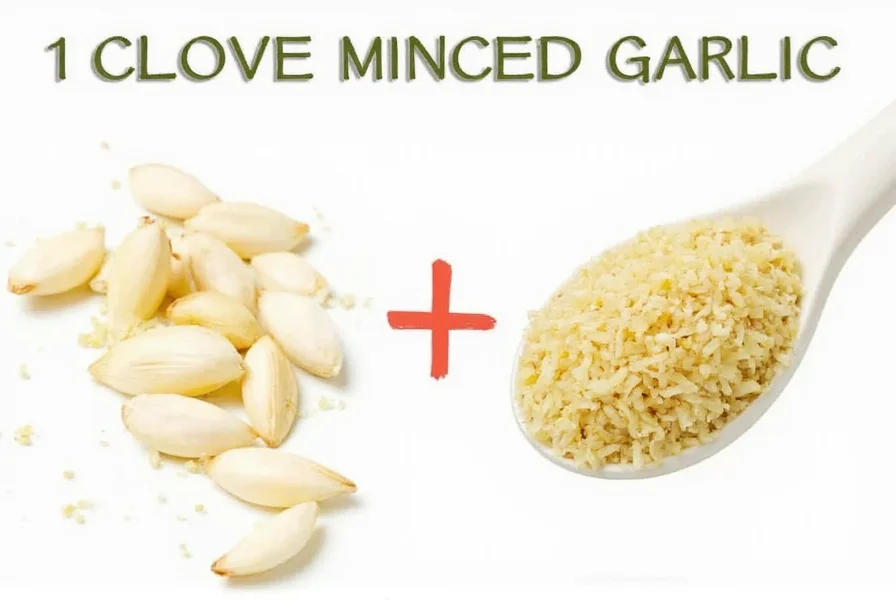Understanding garlic measurements is essential for precise cooking and recipe execution. Whether you're following a family recipe that calls for cloves or a modern cookbook specifying teaspoons, knowing these conversions ensures your dishes achieve the perfect flavor balance without overpowering other ingredients.
Why Garlic Measurements Vary
Garlic cloves naturally differ in size depending on the variety and growing conditions. A single head of garlic typically contains cloves ranging from petite to jumbo. When converting cloves to teaspoons, consider these factors:
- Clove size: Grocery store garlic often features medium cloves, but farmer's market or homegrown varieties can vary significantly
- Preparation method: How finely you mince affects volume—finer mince packs more densely
- Moisture content: Freshly harvested garlic contains more moisture than stored bulbs
- Packing technique: Whether you lightly fill or firmly pack the measuring spoon
| Garlic Clove Size | Minced Volume | Equivalent in Teaspoons | Equivalent in Tablespoons |
|---|---|---|---|
| Small (1/2" long) | Light mince | 1/4 tsp | 1/12 tbsp |
| Medium (3/4" long) | Standard mince | 1/2 tsp | 1/6 tbsp |
| Large (1"+ long) | Firm mince | 1 tsp | 1/3 tbsp |
| Extra Large | Packed mince | 1 1/4 tsp | 5/12 tbsp |
Fresh Garlic vs. Pre-Minced Products
While fresh garlic provides superior flavor, many cooks wonder about substituting pre-minced garlic from jars. Here's what you should know:
One teaspoon of commercial minced garlic typically equals one medium fresh garlic clove. However, preserved garlic often contains citric acid or other preservatives that slightly alter the flavor profile. For the most authentic taste in dishes like aioli or pesto, fresh garlic remains the preferred choice among professional chefs.

Practical Measurement Techniques
When precision matters in baking or delicate sauces, use these professional techniques:
- The water displacement method: Place minced garlic in a measuring spoon over water—watch for the meniscus to reach the correct line
- Microplane grating: For ultra-fine garlic that packs densely, use a microplane instead of mincing
- Weight-based measurement: One medium garlic clove weighs approximately 3-7 grams depending on size
- Visual reference: Compare to common objects—a medium minced clove should fill half a standard teaspoon
Culinary Considerations for Garlic Measurements
Different cuisines treat garlic measurements uniquely. Mediterranean recipes often specify "2-3 cloves" while Asian recipes might call for "1 teaspoon minced garlic." Understanding these cultural differences helps adapt recipes successfully.
Remember that roasting garlic reduces its volume by about 25% while intensifying the flavor. When substituting roasted garlic for raw in recipes, use slightly less than the standard conversion to maintain flavor balance.

When Precision Matters Most
Certain dishes require exact garlic measurements to achieve the proper flavor profile:
- Vinaigrettes and emulsions: Too much garlic can cause separation
- Delicate seafood dishes: Overpowering garlic masks subtle flavors
- Baking applications: Garlic bread or focaccia where chemical reactions matter
- Preserving recipes: Pickles and fermented foods where garlic affects pH
For most everyday cooking, the standard conversion of one medium clove to 1/2 teaspoon minced garlic works perfectly. But when creating restaurant-quality dishes or adapting family recipes across measurement systems, understanding these nuances makes all the difference in your culinary results.











 浙公网安备
33010002000092号
浙公网安备
33010002000092号 浙B2-20120091-4
浙B2-20120091-4